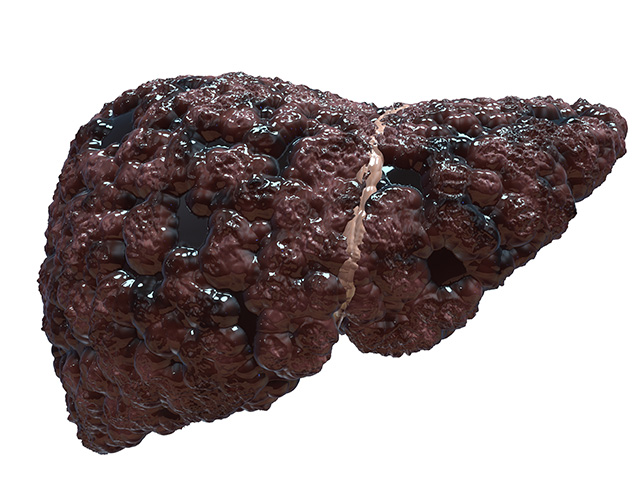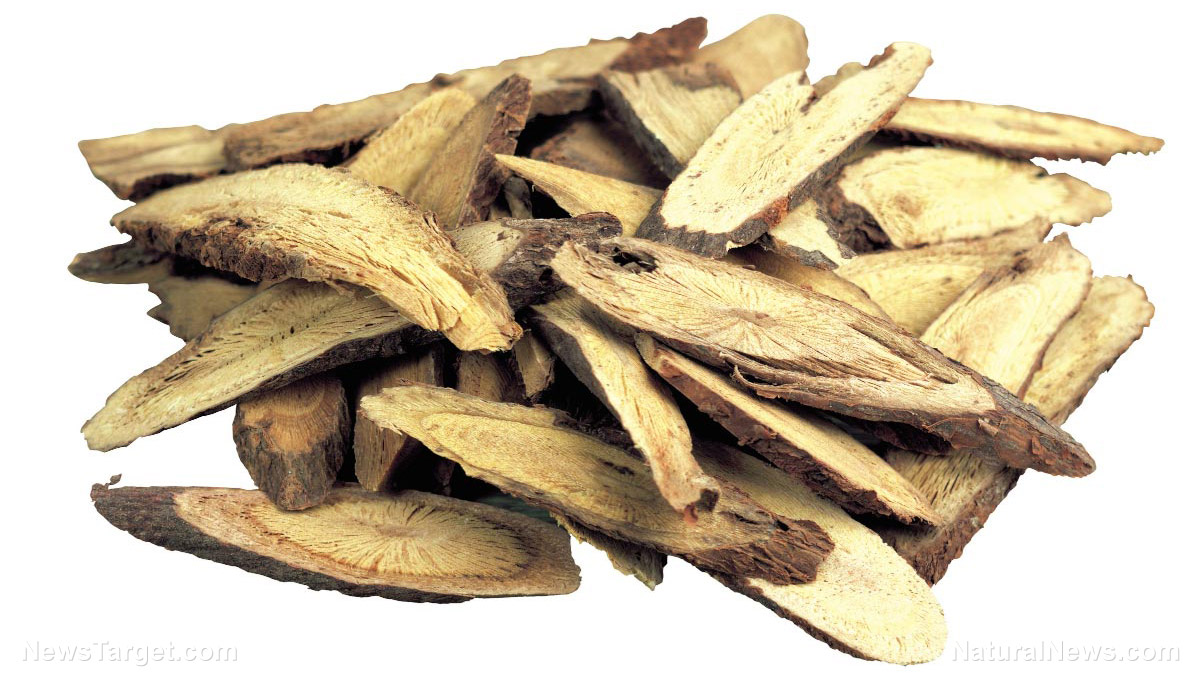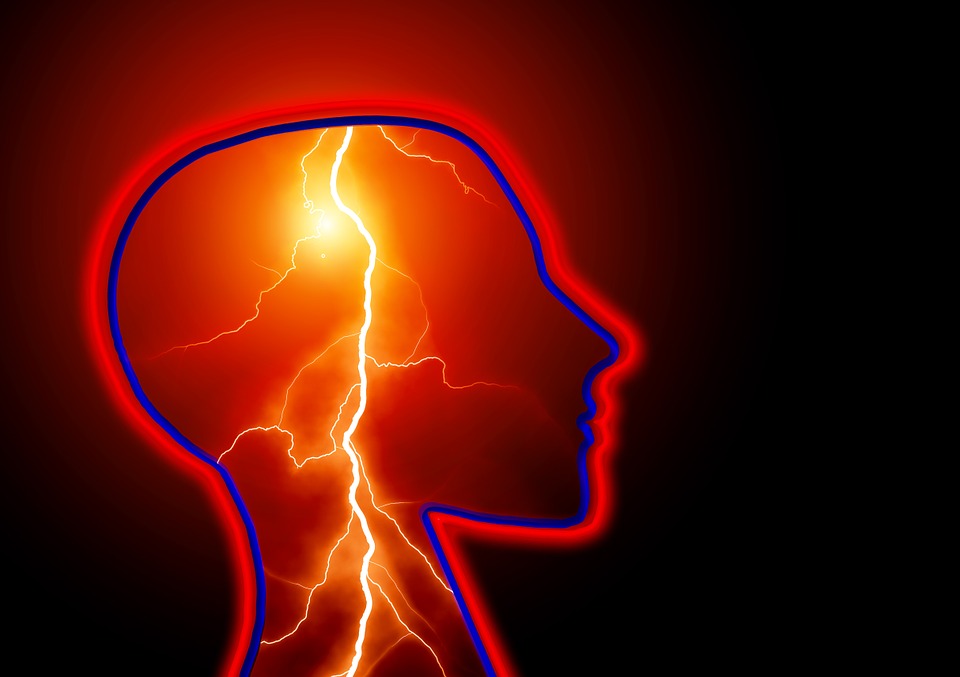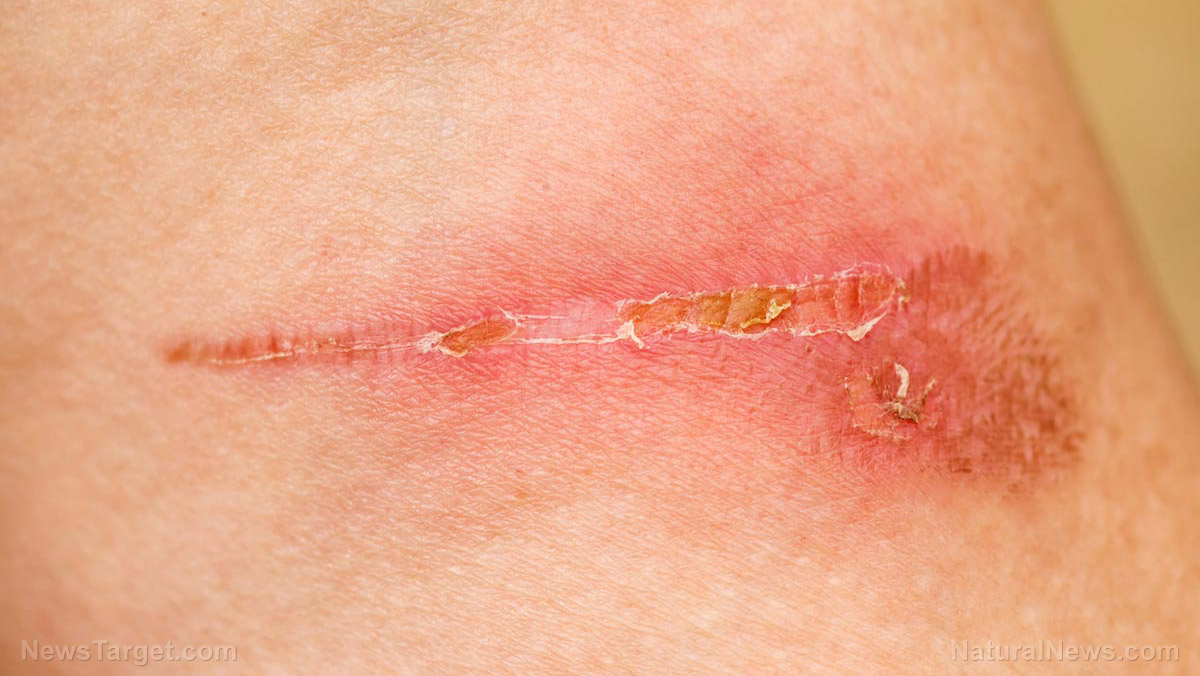Reflexology can treat chronic sinusitis
10/24/2018 / By Ralph Flores
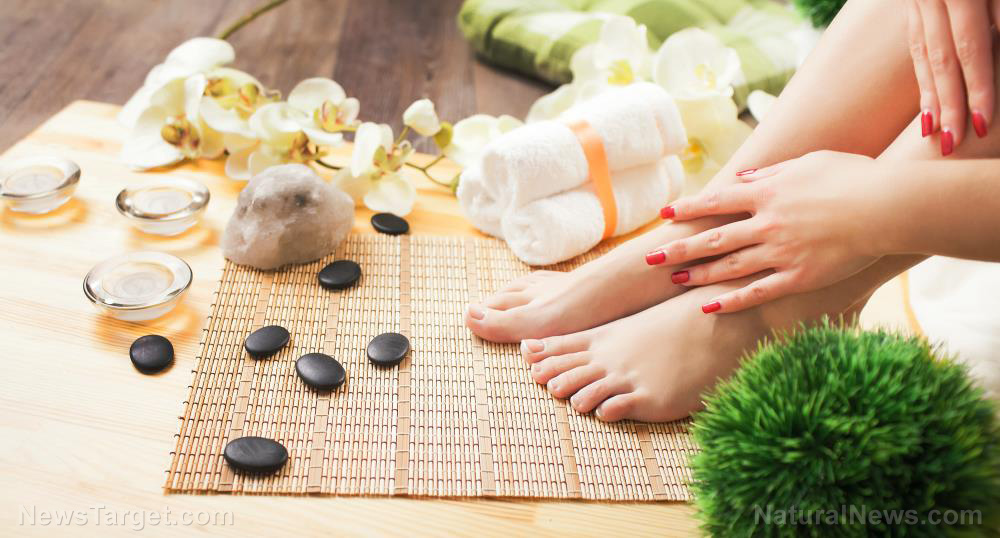
Fall is a season noted for its a beautiful change in colors and cool, crisp evenings, but for some people, it’s also the start of a bunged-up nose and watery eyes. If this sounds familiar, chances are you have a condition called sinusitis.
Sinusitis, which is the common term for rhinosinusitis, is defined as the inflammation of the tissue lining the sinuses or hollow cavities found behind the nose. In the U.S., at least 37 million adults have the condition, making it one of the most common health conditions in the country. While it’s prevalent during early fall and late spring, people can be affected by sinusitis all-year round. In particular, the condition is identified based on its severity, from acute sinusitis being those that last four weeks to chronic sinusitis, which can last up to 12 weeks and continue on for months. Allergies, colds, and flu are the most common causes of sinusitis — all of which are widespread during the fall.
People who suffer from sinusitis may experience:
- Facial pain, especially in the back of the eyes, face, forehead, nose, or sinuses
- Headaches, which can be either be frontal or nasal
- Severe coughing
- Nasal congestion, including post-nasal drip and loss of smell
- Sleeping difficulties
- A general feeling of malaise and lethargy
Most cases of sinusitis are acute, which is usually brought about by a cold; however, chronic sinusitis can last longer and cause more fatigue.
How reflexology offers relief from sinusitis
Reflexology is a treatment that applies pressure to specific areas on the feet, hands, and ears to create a positive effect on a person’s health. According to reflexologists, pressing on these locations — which they call reflex points — can greatly benefit its corresponding organ.
To treat sinusitis using reflexology, it’s important to note that the reflex points for the sinuses are located at the back of the toes, opposite the nails, and at the tip of all fingers except the thumbs. If the adequate pressure is applied, this reduces the painful and bothersome symptoms of sinusitis. In particular, the main reflex point is at the top and bottom of both big toes, which can be activated by gently massaging the area in circular motions using the thumb for two minutes, concentrating on one foot each minute.
The nose, a body part significantly impaired during sinusitis, can also be stimulated using the big toe. In particular, the reflex point is located right above the knuckle, just below where the skin meets the nails. It’s important to note, however, that massaging the big toe on the right affects the left side of the nose. Similarly, the opposite effect is observed when the big toe on the left is activated. This restores the energy, balance, and harmony of the nasal passages that have been blocked without affecting mucous production. Activating this, together with the sinus points, can help clear a stuffy nose.
In addition, reflexology provides relief even from the accompanying symptoms of sinusitis, including headaches and breathing difficulties. This will not only improve lymphatic drainage, but it can also increase blood flow to the head. This is done by applying pressure on the joint between the thumb and the index finger. The area behind the nails of both fingers can also be used to get satisfactory results. Applying pressure on the area behind the wrist, called the inner gate, can also lead to effective results. (Related: Foot Reflexology Massage Relieves Stress and Back Pain.)
To learn more about how reflexology helps the body, visit HealingArts.news today.
Sources include:
Tagged Under: autumn, fall season, pain relief, reflexology, remedies, Sinusitis, stuffy nose

